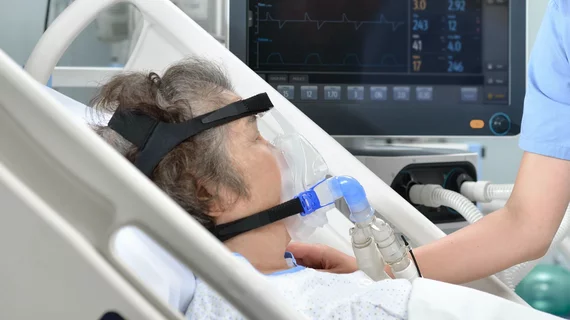AI called the ‘perfect tool’ to flag signs of serious trouble ahead for new COVID patients
An experimental set of algorithms has achieved accuracy of 70% to 80% at predicting which of 53 COVID-positive patients at two hospitals in China would get the sickest.
While the proof-of-concept performance is about on par with other published uses of AI in medicine, the developers in this case are focusing on COVID-19—and presenting their work directly to a consumer audience.
Writing in the global newsroom network The Conversation, lead investigators Megan Coffee, MD, PhD, and Anasse Bari, PhD, report they’re now working with bigger datasets from multiple sources.
Coffee is an infectious-disease specialist, Bari a computer scientist. Both are with New York University.
“AI, which can recognize many elusive patterns simultaneously, is the perfect tool to help doctors identify high-risk patients early,” they comment. “This gives them time to better prepare for these cases and could save lives.”
The tool also found strong predictors of worsening disease in combinations of body aches, slightly elevated liver enzymes and raised hemoglobin levels.
In a normal setting, doctors wouldn’t be much concerned by these symptoms and readings, the authors note.
Their next objective is to make their tool more accurate and broadly applicable by training the algorithms on data from multiple medical centers.
“While the AI we designed is only a first test, the results are extremely encouraging,” Coffee and Bari write. “We believe AI has a role to play in fighting this pandemic and hope to soon put our system to work helping doctors on the front lines.”
Read the whole thing:

